Some plants are more than just beautiful—they’re natural soil testers. Certain species actually change color depending on soil pH, offering a living clue to what’s happening underground, without the need for a test kit.
Take hydrangeas, for example: their blooms shift from blue to pink based on how acidic or alkaline the soil is. Other plants show changes in leaf tint or flower intensity, acting as subtle indicators of your garden’s nutrient availability and pH balance.
In this article, you’ll discover which plants act as natural pH indicators, what their color shifts really mean, and how to use this insight to create a healthier, more balanced garden—just by watching what your plants are telling you.
Hydrangeas
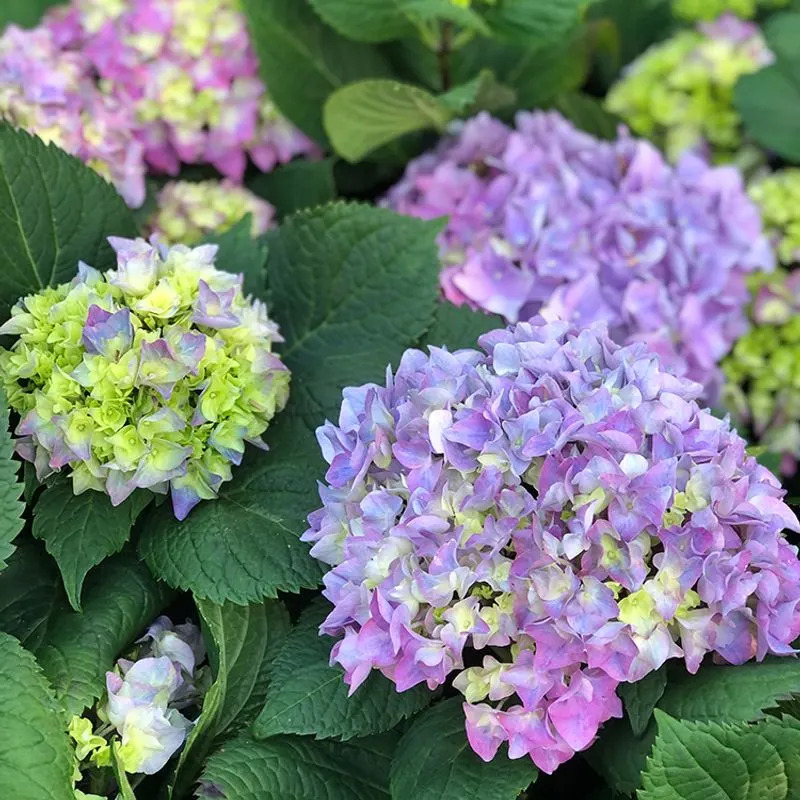
Hydrangeas are well-known for their chameleon-like quality in response to soil pH. In acidic soils, these blooms turn a striking blue, while in alkaline soils, they shift to pink. This transformation occurs due to the availability of aluminum ions, which affects the pigmentation. If you’re looking for a garden that surprises you each season, hydrangeas are an ideal choice. Their color-changing nature also serves as a fun experiment for gardeners keen to alter soil conditions and witness the vibrant results.
Azaleas
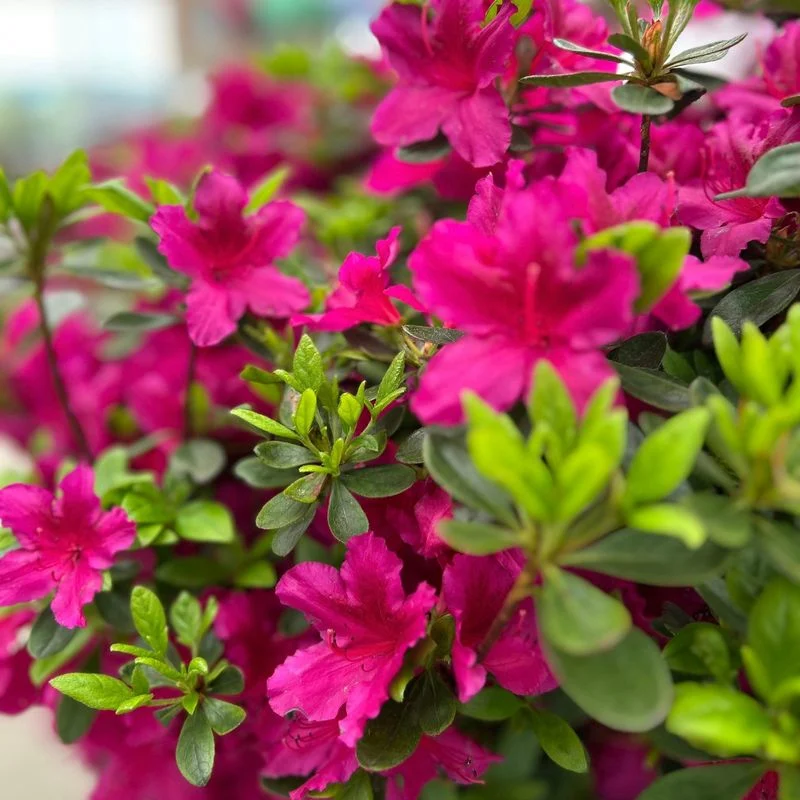
Azaleas are another group of plants that reveal the mystery of soil pH through their colors. While typically enjoying acidic soil, they can exhibit a range of colors from vibrant pinks to deep reds depending on the conditions. The color variation can be subtle, but it adds a beautiful touch to any garden. These plants are not only ornamental but also a living testament to the environmental conditions they grow in. Their presence can highlight the delicate balance of nature’s chemistry.
Gardenias
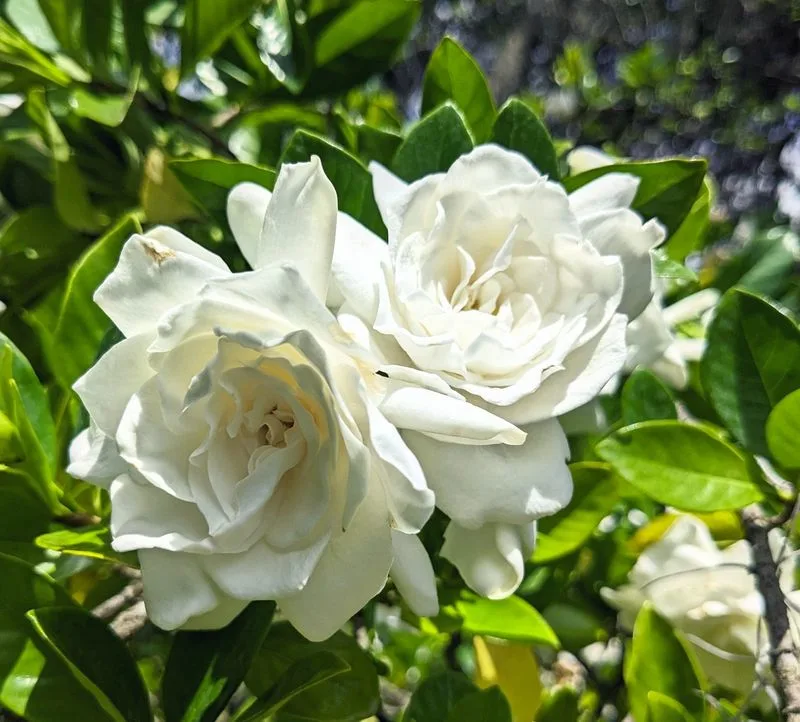
Gardenias, known for their fragrant white flowers, are sensitive to soil pH as well. Although they do not undergo dramatic color changes, the vibrancy of their blooms can indicate the pH level. Acidic soils ensure healthier, more robust flowers, while alkaline conditions may lead to yellowing. For gardeners seeking aromatic beauty, gardenias offer a sensory delight that aligns with soil chemistry. Their subtle indications make gardenias a thoughtful choice for those attuned to nature’s cues.
Rhododendrons

Rhododendrons, closely related to azaleas, can also display color variations based on soil pH. Preferring more acidic environments, they can showcase a palette from soft purples to vibrant reds. These blooms are not just eye-catching; they can tell you about the soil health and acidity of your garden. Rhododendrons are a magnificent choice for those interested in creating a visually dynamic landscape that changes subtly with the seasons.
Blueberries
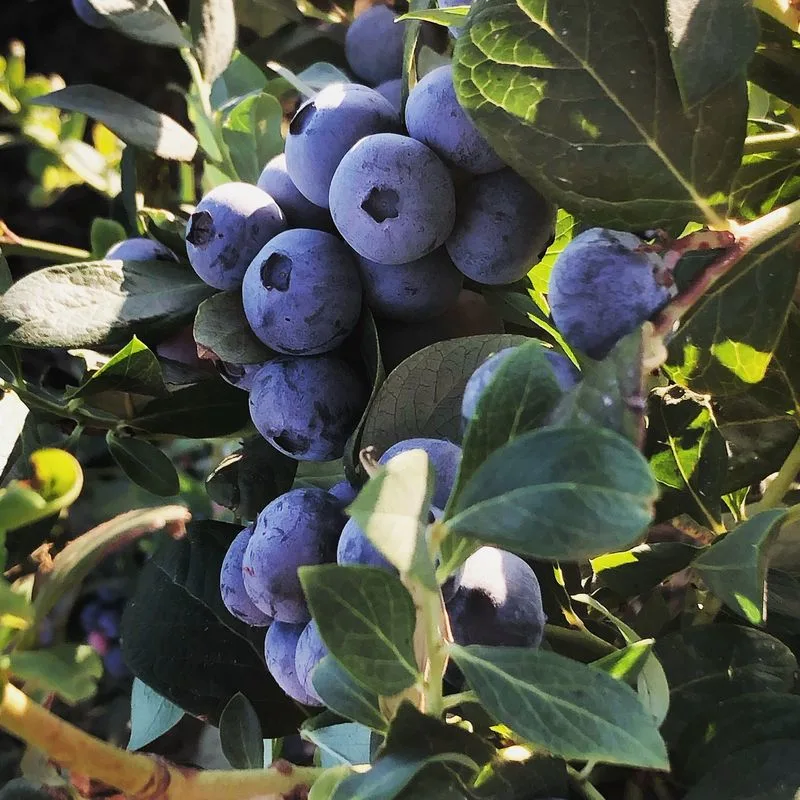
Known more for their tasty fruit, blueberry bushes also respond to soil pH, particularly in their foliage. Acidic conditions keep leaves a healthy green, while alkaline soils can cause them to turn red. This color shift in leaves rather than flowers makes blueberries a practical yet intriguing choice for gardeners interested in both aesthetics and produce. Observing these changes can guide gardeners to adjust their soil chemistry for the best fruit yield.
Camellias
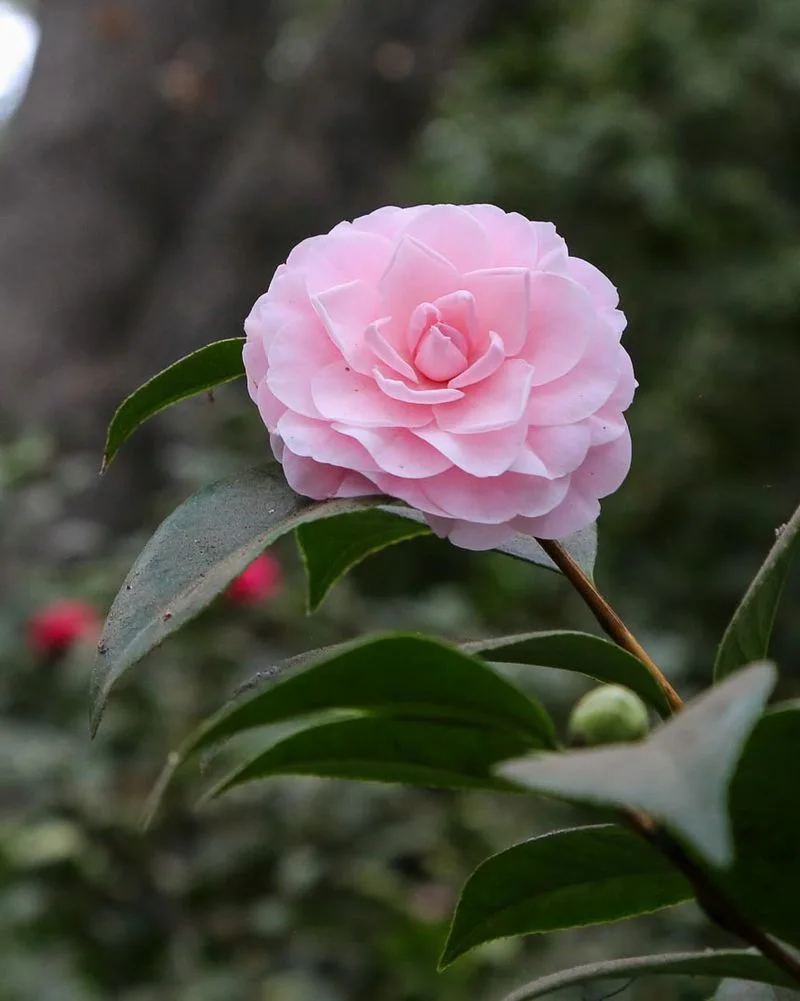
Camellias, with their glossy green leaves and beautiful flowers, subtly reflect soil pH through their bloom color intensity. While they don’t drastically change shades, they do exhibit more vibrant colors in acidic soils. These elegant flowers are a garden favorite, showcasing nature’s delicate balance in their hues. Camellias are perfect for those who appreciate understated beauty and want to maintain an optimum garden environment.
Wisteria
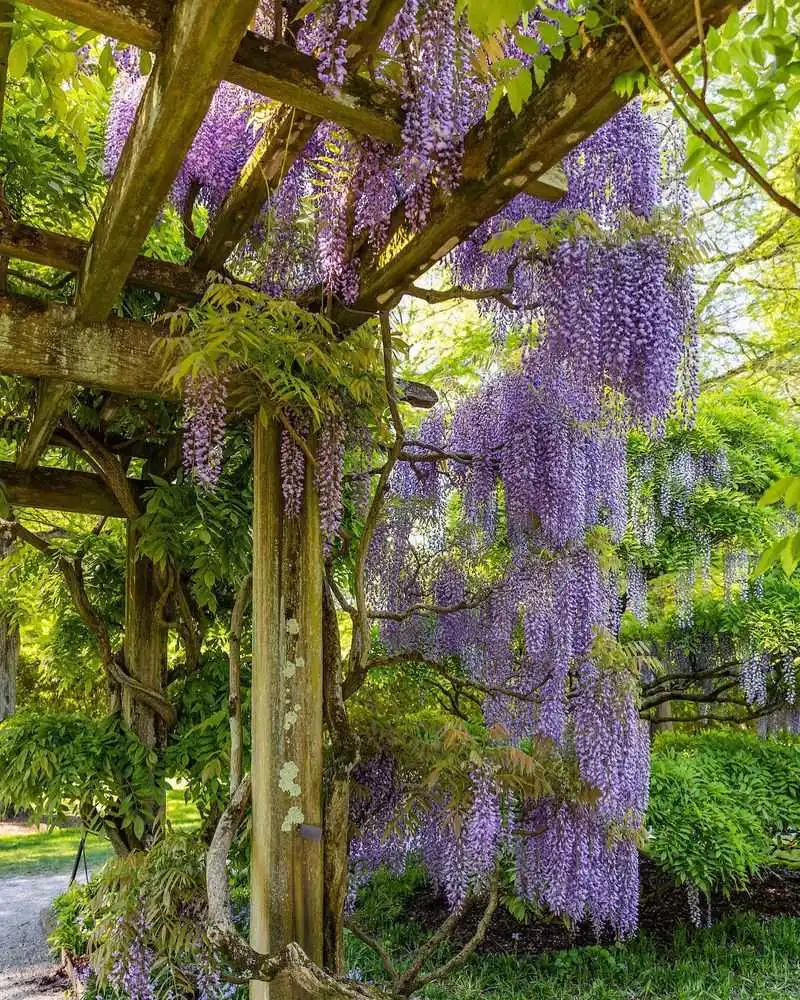
Wisteria vines, famous for their spectacular purple cascades, can be sensitive to soil pH. Although the primary color doesn’t change, the intensity and vibrance of the blooms can vary. Acidic soils often result in more vibrant flowers. As a majestic addition to any garden, wisterias offer a seasonal show that subtly reflects the underlying soil chemistry. Their presence can be a captivating way to indicate and enhance your garden’s health.

